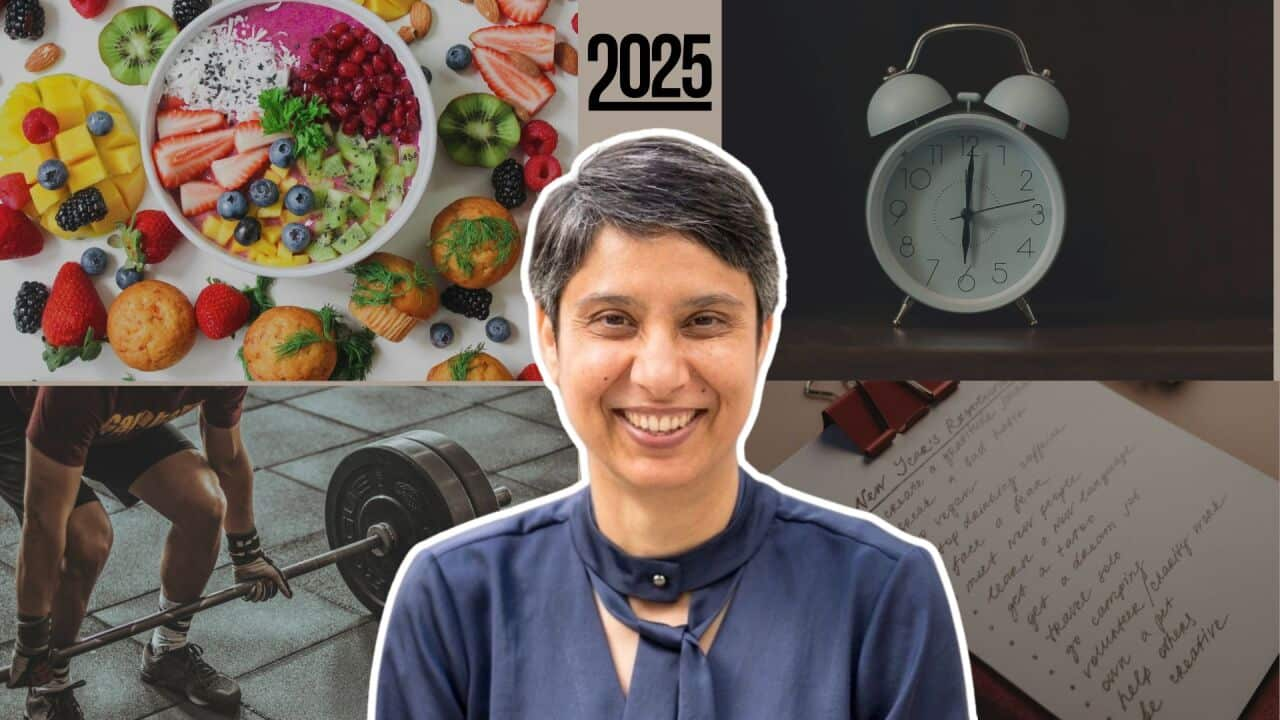Key Points
- Harsimran Singh applied for a remaining relative visa in 2010 and has been waiting 12 years for it to be processed
- When he applied, the wait time was 12-18 months; that has since increased to 50 years
- This visa allows non-citizens with no relatives other than an Australian citizen or Australian permanent resident, to live permanently in the country
- The Department of Home Affairs says the number of applications for Family visas exceeds the number of places available for each migration program year
With no family left in India, Harsimran Singh applied for a remaining relative visa subclass 835 in 2010.
After 12 years on a bridging visa, the now 36-year-old holds little hope of his application being processed anytime soon.
Mr Singh tells SBS Punjabi that when he applied for this visa the processing time was 12-18 months. That has now ballooned to over 50 years.
“Probably I will be around 86 years old or in my grave when I get permanent residency,” he says.
Mr Singh was 20 years old when he first came to Australia and says he is Australian in every way other than his visa status.
“I live with my paralysed mum and my life revolves around her. I am unable to start a family due to my dwindling visa situation,” he laments.

Harsimran Singh claims he is unable to start a family due to his dwindling visa situation. Credit: Supplied by Mr Singh.
“Family visas are always capped because they are thought upon as a burden on social security but there are many people like me who have been working in this country for the last 15 years and paying taxes. What about their humanitarian rights?” he questions.
People who have no relatives other than Australian citizens or permanent residents are eligible for the remaining relative visa, one of four visas in the Other Family category.
When contacted, a Home Affairs spokesperson told SBS Punjabi that a limited number of Other Family visa places, including remaining relative, carer and aged dependent relative visa places, are available each migration program year, but once the department reaches this number, no more visas can be granted.
“It has been the long-standing practice of successive governments to manage the orderly delivery of Migration Program outcomes against planning levels,” the spokesperson said.
“The Government sets planning levels each year following consultations with state and territory governments, business and community groups and the wider public.”
Prior to 2013, there were 1,280 places for this visa and now these are reduced and capped at 500 places. Processing timeframes can vary depending on individual circumstances and the complexity of each case.
‘Substantial increase in spots needed’
Ranbir Singh, from Melbourne’s Global Migration & Education Solutions says there needs to be a substantial increase in the number of spots allotted each financial year to bring the processing times to realistic levels.
“It would be great to see some action from the Labor Government in this regard as it aligns with their recent initiative of clearing the visa backlog,” he tells SBS Punjabi.
“The minuscule quota of spots allocated each year is responsible for the unrealistic processing timeframe. It has therefore become a never-ending queue where the demand has far outstripped the supply.”
‘Families left in the lurch for decades’
Having already waited 12 years, Harsimran Singh is now questioning his humanitarian rights.
After spending about half of my life here, going back is no option for us and to whom we’ll go when all my family is hereHarsimran Singh
Mr Singh is also a part of a group that’s calling for change via an online petition.
“Backlogs are grinding Australia’s immigration system to a halt. The delays are keeping employers from hiring employees already in the country to fill the national shortage,” he says.
“It's is a humble request to the government to hear the cries of the tragic visa applicants who have been in the country and paying taxes for years."
However, the Department of Home Affairs says the number of applications received each year for the Family visa streams exceeds the number of places available, and the ongoing strong demand for Other Family visas has resulted in processing times trending upwards over recent years.
Information on Other Family visa processing times and queue release dates is available on the department’s website at:
Click on the 'speaker' button at the top to hear this interview in Punjabi.
Listen to SBS Radio's Punjabi program from Monday to Friday at 9 pm. Follow us on and








